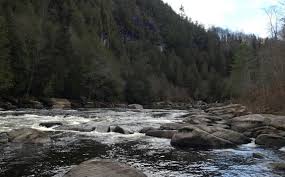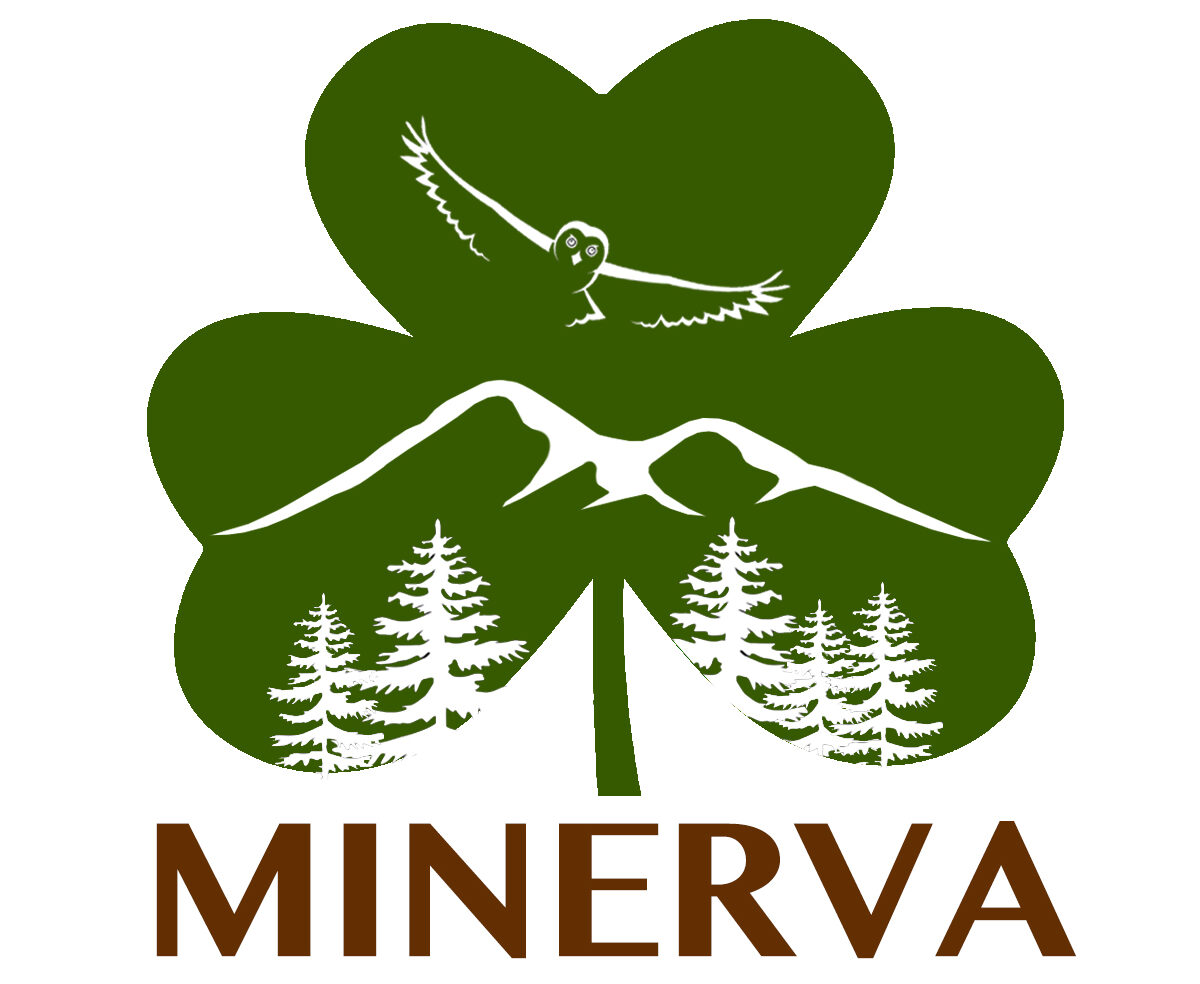History of the Town:
The Town of Minerva was first established by Act of the Legislature on March 17, 1817. Previously it had been part of the Town of Schroon, and prior to 1804, a part of the Town of Crown Point. Until 1800 the entire town was wilderness.
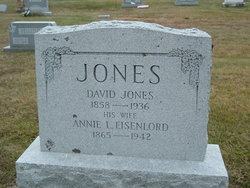
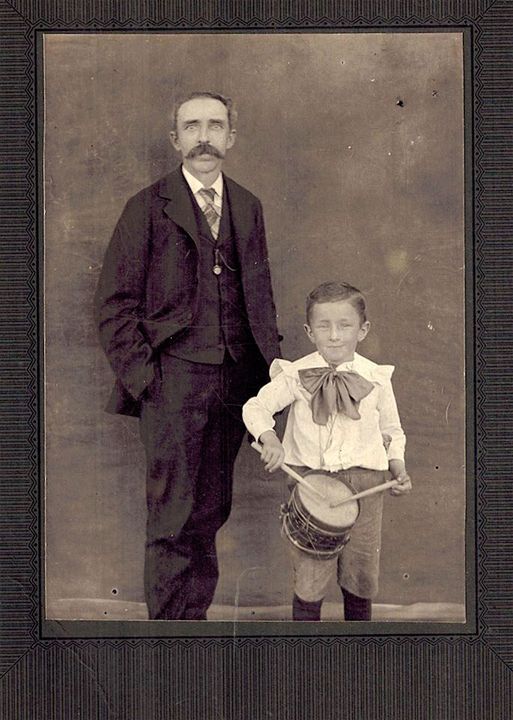
Minerva was first settled immediately after 1800. Many of the early settlers, such as the West, Jones and Morse families, came from Vermont, part of the general Western migration.
The population grew slowly — to 276 by 1820, to 368 by 1830, and 455 by 1840. Settlers were now coming from cities. Some were new immigrants, from England and Ireland primarily.
Notable Residents
American Revolutionary War soldier Ebenezer West and his five sons founded the town.
Settlement began in this town in 1804 and was confined for many years chiefly to the southeastern part along the line of the old road extending from Chester to St. Lawrence county. Ebenezer West, with his sons, Nathan, Ebenezer and John, came in in 1804; they located near the present Minerva post-office at Morse’s Corners. But little further is known of the family.
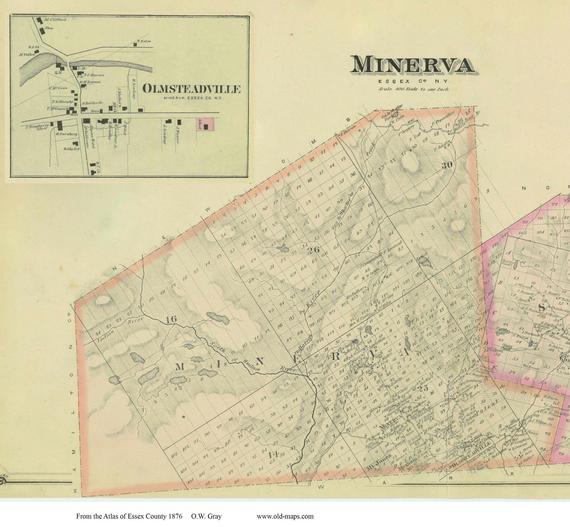
Solomon Northup (1808 – c. 1863), a free-born African-American kidnapped and sold into slavery for 12 years before regaining his freedom, was born in Minerva and attended local schools. His book about his experiences was published in 1853.
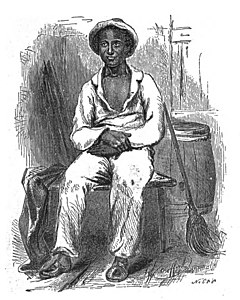
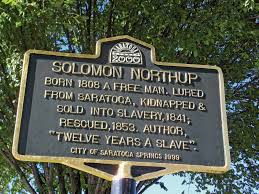
Winslow Homer, nineteenth-century painter, was a summer visitor in Minerva for several years.
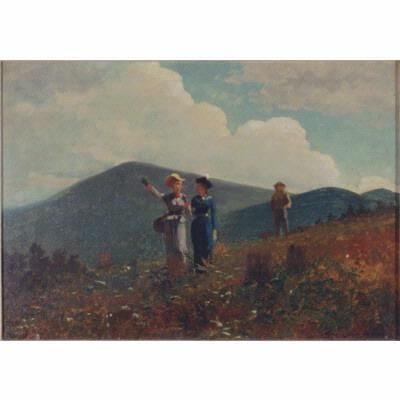
Winslow Homer was born on February 24, 1836. Many of the 19th century American artist’s paintings were inspired by time spent in the Town of Minerva, This print, Snap the Whip, used to hang in the cafeteria of Minerva Central School.
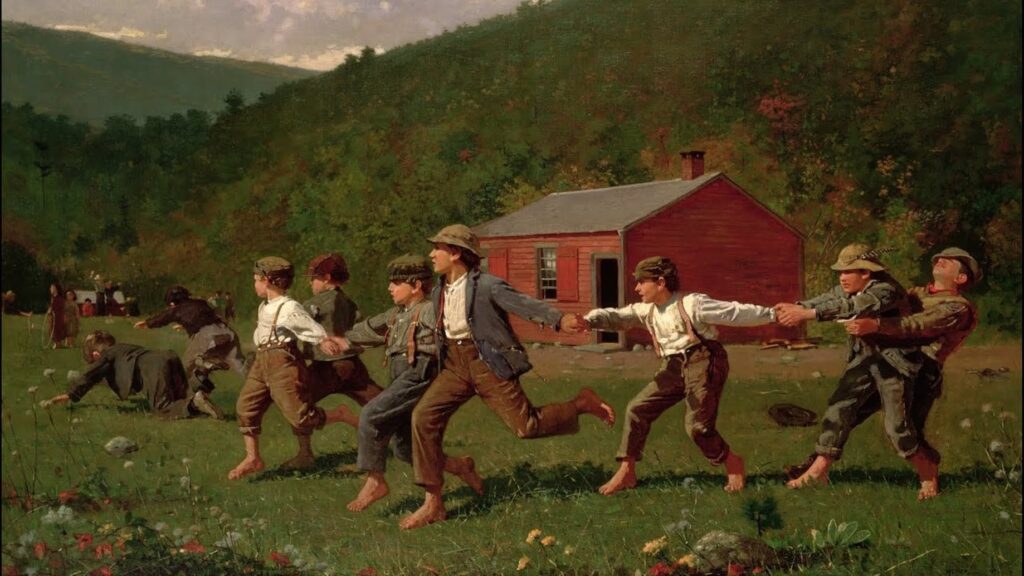
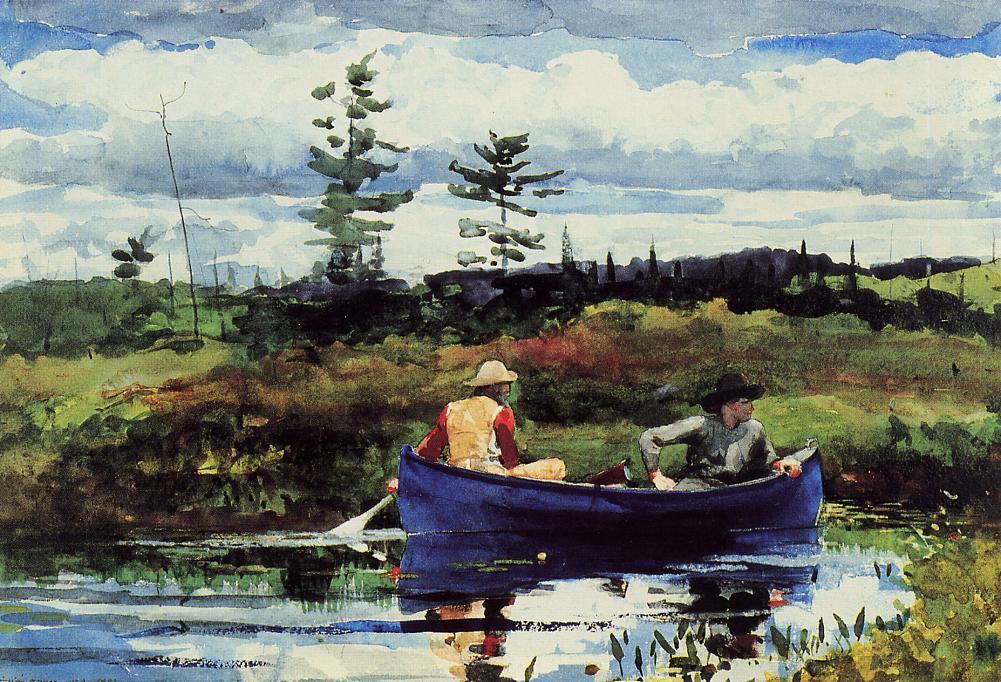
Theodore Roosevelt’s historic midnight ride to the presidency
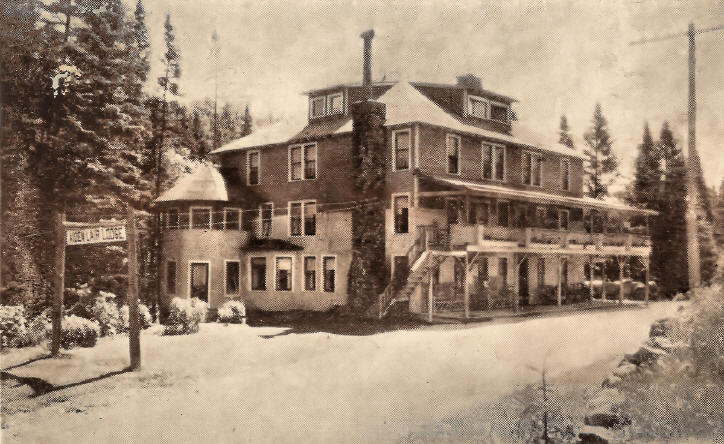
Aiden Lair
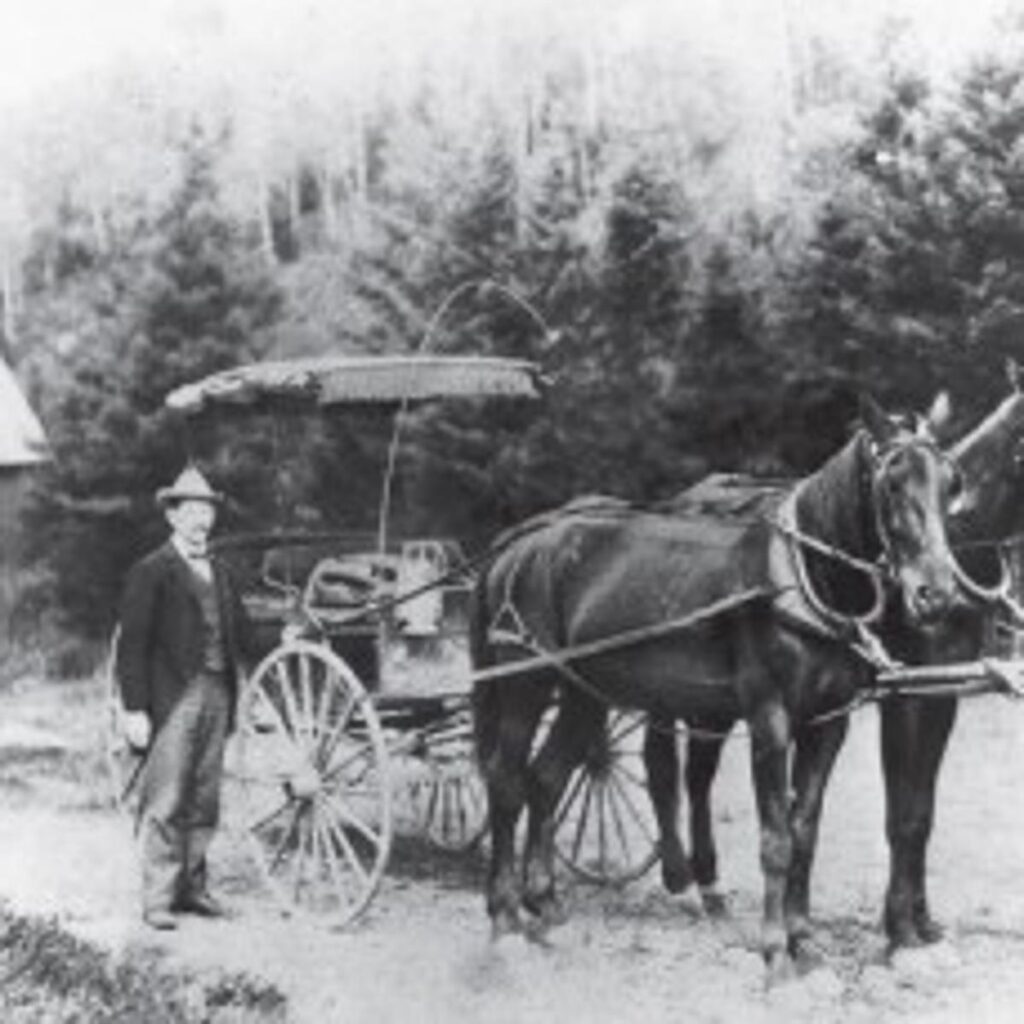
On September 14, 1901, at 02:15 a.m., Theodore Roosevelt became the 26th president of the United States, on route from Tahawus, NY to the Train Station in North Creek, NY. Mike Cronin was the driver who drove Teddy from Aiden Lair Lodge. Cronin had received a phone call informing him that President McKinley had died and knew he was transporting the President but did not tell Roosevelt. Roosevelt would not hear the news until he arrived in North Creek, at the Train Station.
A brass plaque marks the spot along Rte. 28N, now the Roosevelt-Marcy Memorial Highway.
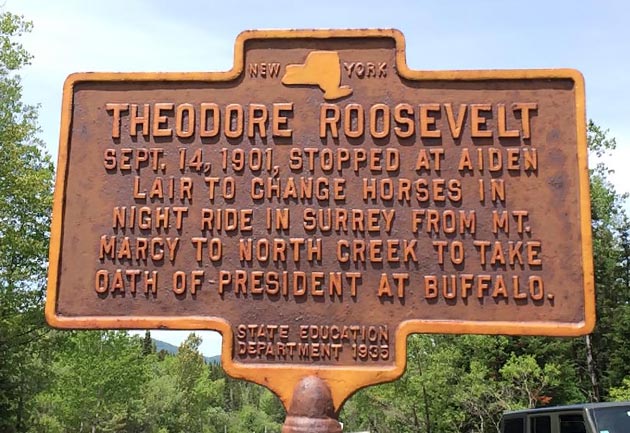
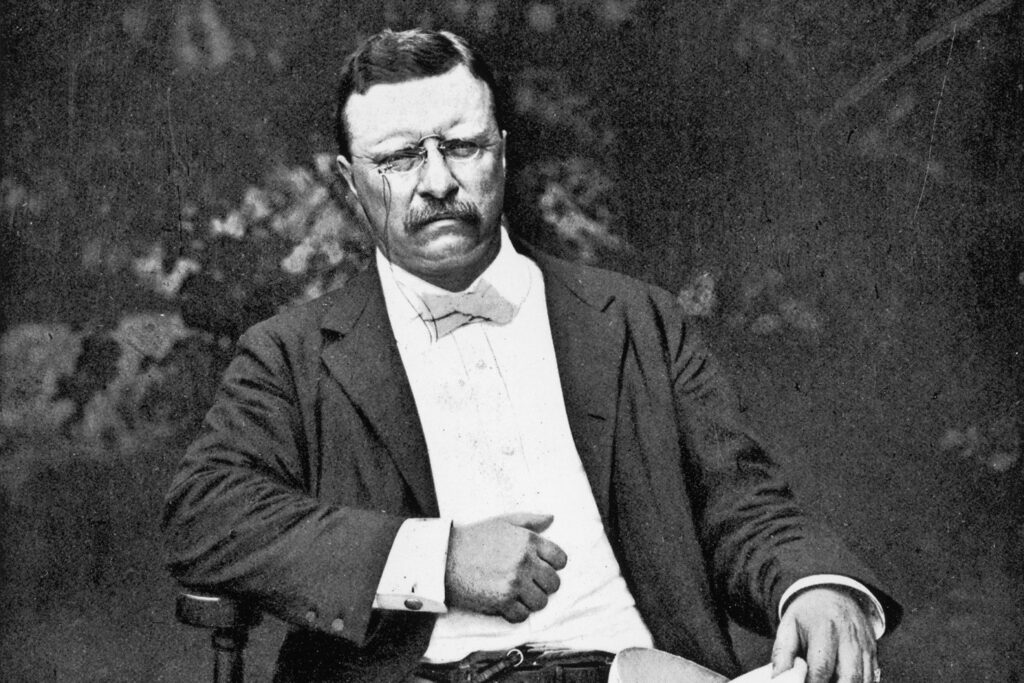
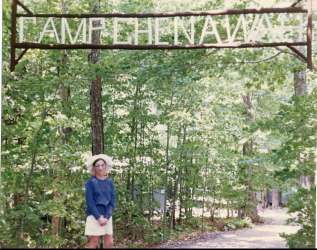
Ruth Bader Ginsberg – Associate Justice of the Supreme Court of the United States
When RBG was an Adirondack summer camper named ‘Kiki’
From 1937 to 1951, from the age of 4 to the age of 18, Ginsburg spent 8 weeks each summer at Camp Che-Na-Wah in Minerva, Essex County, NY. Che-Na-Wah is a predominantly Jewish, all-girls camp nestled along the eastern shores of Lake Balfour in the Adirondacks.
Ginsburg excelled in watersports, mainly swimming, and later in life waterskiing. as well as riding horses and dabbling in arts and crafts. Ginsburg was known by her nickname given to her by her sister who said Ginsburg kicked a lot as a baby.
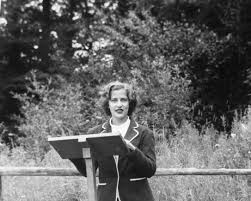
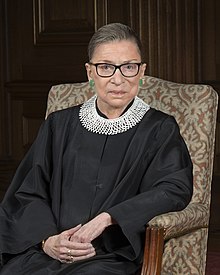
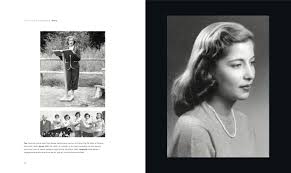
From 1840 to 1860, the population grew rapidly, mostly because of the influx of the immigrants who came from Ireland, often by way of New York City and Boston. Many of the new settlers bought land which had been recently timbered by loggers, who moved on to the west. The Irish had large families, and by 1865 the population was about 1100 (1082), and majority of them Irish.

Until 1900 most residents were self-sustaining farmers. The population remained stable until 1900, ranging between 900 and 1100. It then began to steadily decline, as the subsistence farms were abandoned, reach a low of 505 in 1940.
Irish were predominately Democrats, due mainly to their years in New York and Boston, Minerva politics was controlled by the Democrat party for well over 100 years. The vast majority of all Town Officers during the period from 1860 to 1970 were of Irish ancestry.
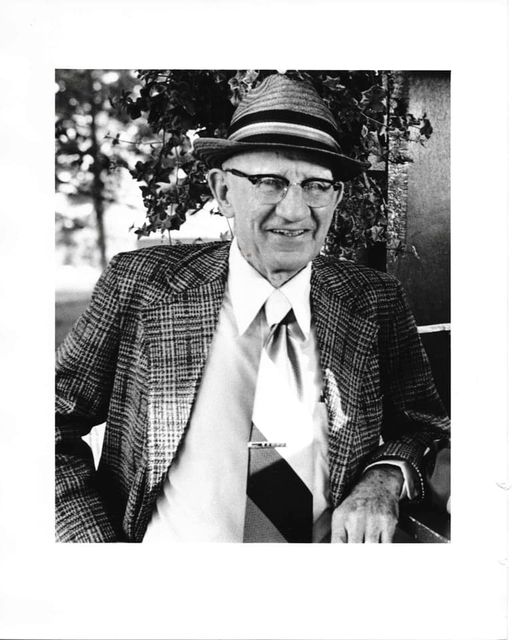
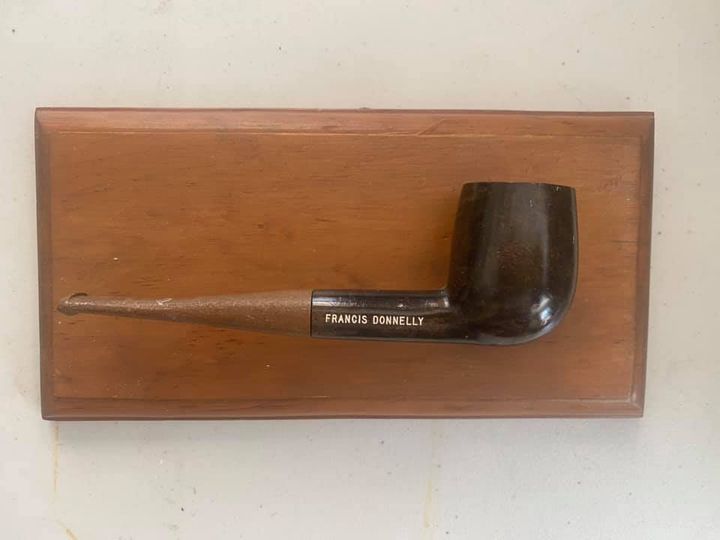
Francis Donnelly, 1934-1980, Town of Minerva Longest Tenured Sr. Supervisor of the County, State, and Nation, 46.5 years
The influx of mining, during and after the Second World War, brought a spurt of growth, the population reaching nearly 700 by 1950. The population has leveled off since 1950, and is now 758, a drop 781 in 1980.

Almost all of the settled portion of the Town is in the southeasterly corner. This settled area is about 10% of the Town and was at one time entirely cleared. It has now mostly grown back to forest, including any old cellar holes and abandoned roads. The cleared portion was once about 10,000 acres. Less than 1000 acres are now occupied or cleared.

Because of the Irish background, Minerva’s school colors were emerald green and white, and the school’s teams are known as the “Fighting Irish”.
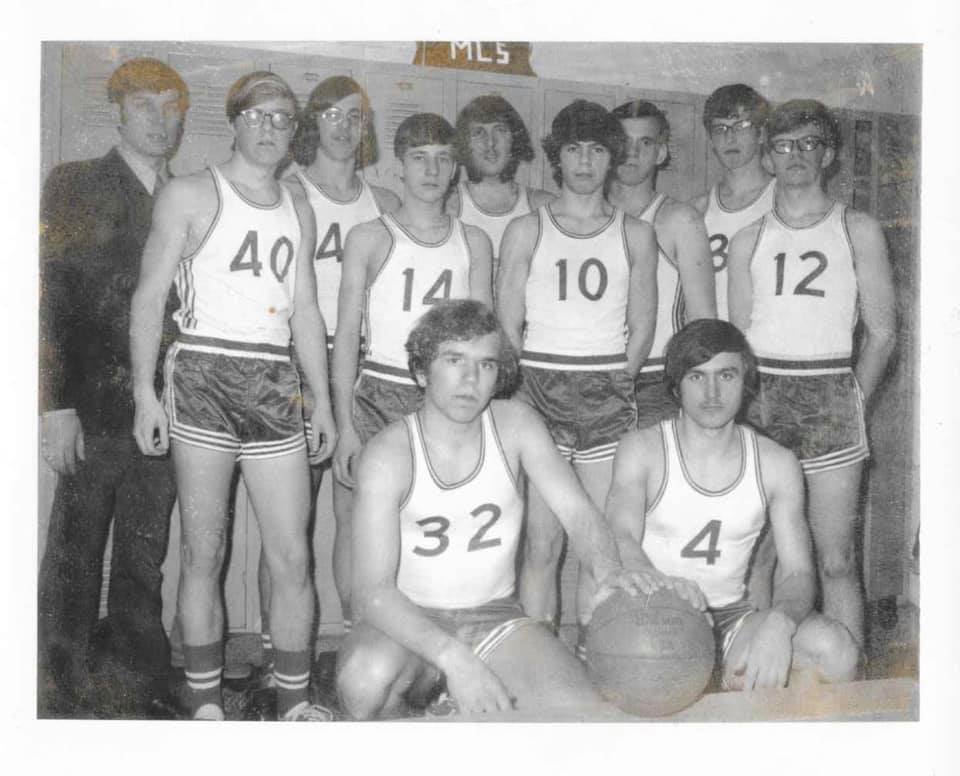
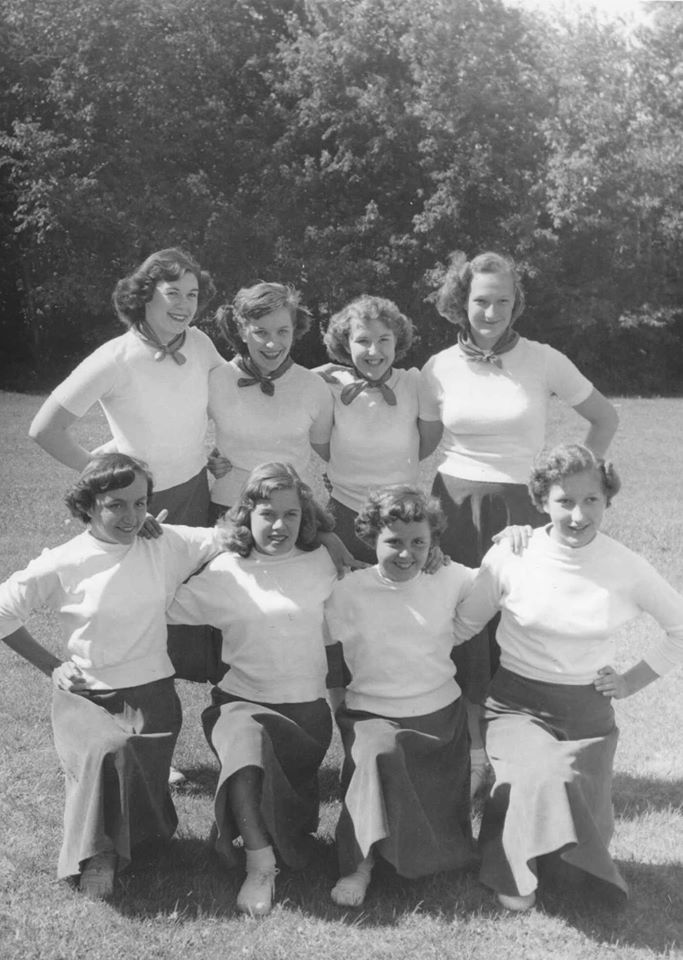
Minerva is primarily mountainous and almost entirely forested. The Hudson River form the southwesterly boundary of the Town, with 15 miles of its course being in Minerva or forming its boundary. About 15 miles of the Boreas River, the entire lower half, is within the town. These 30 miles of river are essentially wild and unsettled being surrounded by State Land, which makes up 64.5% of all the land in the town.
